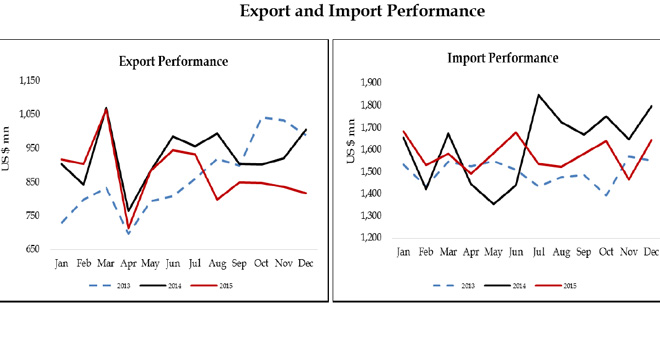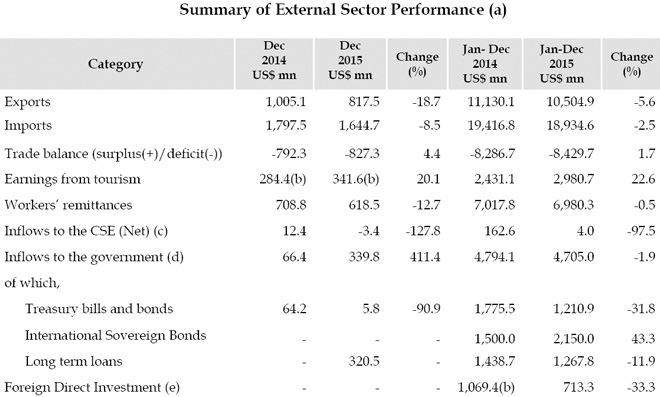After taking stock of the economy in the backdrop of the uncertain global environment, the Cabinet, at a special meeting yesterday, approved new tax reforms including the introduction of Capital Gain Tax to arrest the gradual decline of state revenue.
Prime Minister Ranil Wickremesinghe submitted a paper at the special Cabinet meeting held in this regard with in-depth reference to the present status of economy. The tax reforms are also intended to generate resources to meet budgetary requirements.
As for the non corporate income tax and corporate tax, the Cabinet proposed to suspend the 2016 budgetary proposals and continue the rates introduced for 2015.
Asserting that Capital Gains had not been taxed since 1987, the government decided to reintroduce it. In the paper, it is observed that the last decades have seen massive gains in private capitals among the higher echelons of society.
Also, it is proposed to keep the Nation Building Tax at the rate of two per cent reversing the budgetary proposal to increase it to four per cent. Instead of having different rates of VAT, a single rate of 15 per cent is proposed. Besides, exemptions on telecommunications, private health and private education will be removed as proposed in the paper.
The government intends to increase its revenue to 13.5 percent of the GDP. The total expenditure and net lending will be at 19 per cent of GDP. The budget deficit is slated to drop to 5.4 per cent.
Parliament will be notified once a month on the progress of implementing these taxes. A three member committee including the Treasury Secretary will oversee the implementation of tax reforms. (Kelum Bandara)
www.dailymirror.lk

